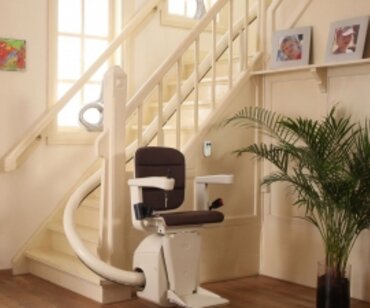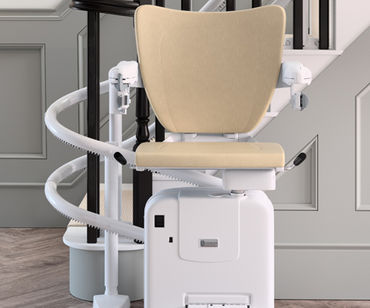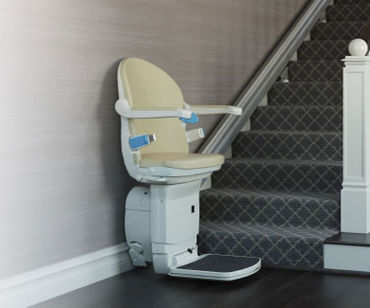How to make the workplace accessible
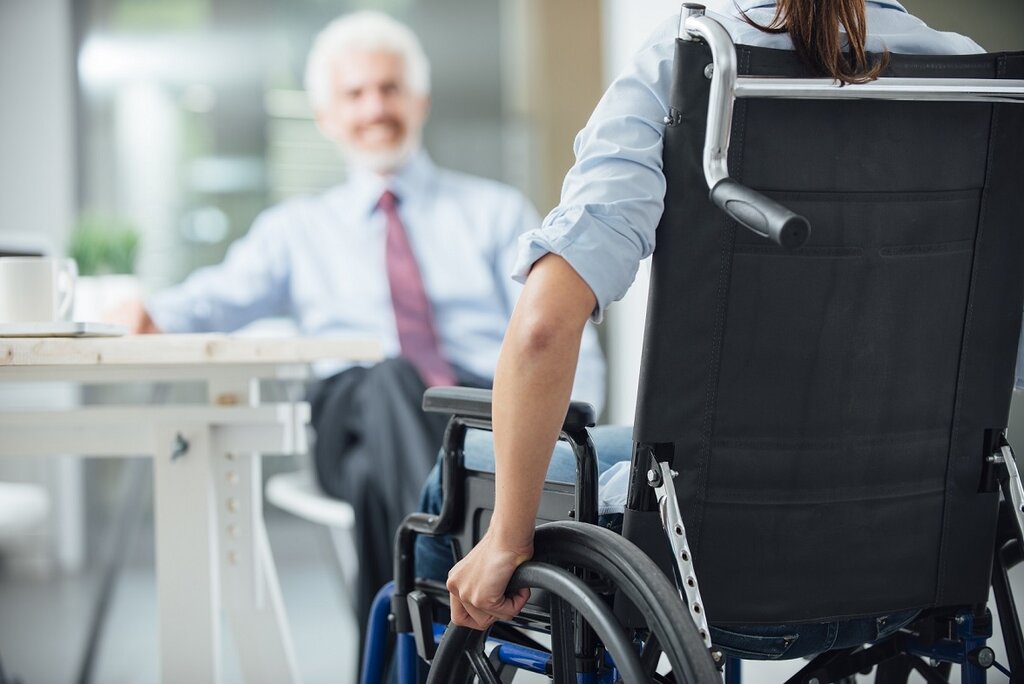
Customers and staff with a disability or mobility issue continue to face severe barriers when it comes to entering the workplace. Employers can help to challenge these barriers by creating more accessible workplaces for older people, customers or staff with limited mobility.
Removing barriers from a workplace so that everyone has equal access to the location, tools and tasks that are required to perform their role is high on many businesses’ agendas. This can range from the layout of a building and lighting to its signage and parking spaces as these are just some of the things that could be a barrier for a person with a disability.
This article takes a look at the ways to make the workplace more welcoming for older people visiting or for workers and customers with limited mobility.
Ask questions
If you are an employer that is looking to make your shop or office more wheelchair-friendly or accessible to customers and staff with a mobility issue, then before you start carrying out work you need to find out what improvements need to be made.
One of the best ways to find out what needs to be improved is to ask staff members and customers with mobility problems what needs to be changed.
Asking questions is something that Ross Lannon, who is the creator of the A Life on Wheels blog, would recommend workplaces to do.
“The most important thing an employer can do is ask questions. No workplace/venue is ever going to be perfect from the start, as everyone has different access needs. So, it’s important for employers to be open and have an honest conversation with their staff about what requirements they may need - no matter how big or small!”
Jane Hatton, the director of the job search site for disabled people Evenbreak, agrees that it is important you ask your customers with mobility problems what their needs are.
“If you want disabled customers to access your products or services, make sure your premises are as physically accessible as possible, but also, don’t be afraid to ask customers how you can support them. Maybe you can bring products to them if they can’t access all of your shop, or you could read out the menu for blind customers in a restaurant or café. Make sure your fear of ‘getting it wrong’ doesn’t stop you engaging with disabled customers and having that friendly conversation.”
Carrie Ann Lightley is a wheelchair-user and runs a travel blog about accessibility, and she also feels that having honest conversations with staff is the best way to improve the accessibility of your workplace.
She says: “I think most workplace accessibility issues can be solved with open and honest communication. All disabled people are different, and so are our needs and access requirements. I need level access and accessible toilets - but I also need a flexible working pattern, the ability to work from home, and the freedom to organise my day around fluctuating health needs. I think the most important thing that workplaces can do is ask their disabled customers and colleagues exactly what they need. Listen to them, learn from them, and implement changes that make your venue and your workplace culture more accessible to them.”
Remove physical barriers
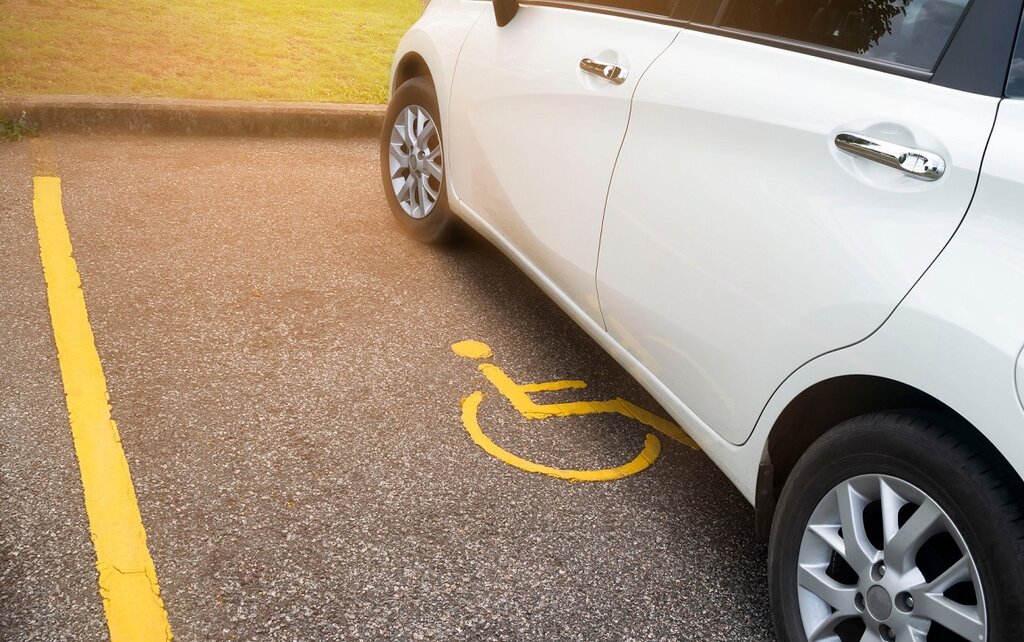
One of the most important ways to make your workplace accessible to customers and staff with mobility issues is to remove any physical barriers. This ranges from car parking spaces that are reserved for people with disabilities and ramp access into the entrance of the workplace, to widening doorways and having stairlifts or lifts as an alternative to stairs.
Dax Everritt, the author of the Diary of a Disabled Person blog, said: “Workplaces should have ramps or lifts allowing level access to all areas, with wide and clutter-free corridors to give room for mobility aids and reducing the risk of falls. Accessible bathrooms should have an emergency pull cord that reaches the floor unimpeded, and sturdy grab rails. Ideally, there ought to be a mechanism for reporting access issues (such as a broken lift), and a mechanism to be notified of breakages and repairs.
“The most common issues I have faced as a wheelchair user are passages being too narrow and cluttered, corners being too tight to manoeuvre, and ‘small’ steps still being too steep to cross in the wheelchair. Offering to carry a wheelchair in lieu of having a ramp is not access, and risks damage to the equipment and everyone involved.”
Ross, who raises awareness of disabilities, as well as reviewing accessible events, activities and products on his blog, A Life On Wheels, agrees that physical barriers and access is one of the most common issues he has personally faced.
“A lot of people with disabilities also have anxieties when it comes to working away from home, due to the access. Whether that’s widening a doorway, adding height to a desk or creating a designated parking bay - small changes can make a huge difference.
“As a full-time wheelchair user, the most common issue many of us face in the workplace is physical access. Does the building have level access/a ramp? Are there automatic doors? Is there an accessible toilet inside? Is there going to be a disabled parking space for my wheelchair accessible vehicle?”
Create resting places
Standing can be difficult for many people with mobility issues, particularly those with arthritis and back problems. It is therefore important that workplaces provide plenty of seated areas at places where people may have to wait. In shops and stores, it is important that seating is located at reasonably frequent intervals to allow customers as well as staff the opportunity to sit down and rest when they need to.
Kathy Lawrence, Editor at When They Get Older, explains why creating resting places in shops and stores for customers and staff members is something you should consider.
“If there was just one area where I would suggest businesses could take a closer look, it would be seating. Getting around with limited mobility is hard work, and resting places are easy to create. A small table with a couple of chairs by the lift in an office block, or seats behind a counter, are simple things to do. We now have the space to make these changes as people continue to work and shop from home.
“Some supermarkets have customer seating beyond the tills, but it’s important that they remember its purpose, and don’t hijack it as a display area for their products.
“On a different tack, what about looking at the seating in reception areas? Often visitors get to sink down into lovely squishy sofas, but these can be too low without enough support to make getting up again easy. The great thing about changes like this is that they can benefit all workers. Subtle and attractive changes embrace everyone, without marking anyone out as having special needs.”
Provide special equipment

One of the best ways to remove barriers for customers and staff is to offer special equipment to help employees with disabilities. This might include height-adjustable desks, special buttons in elevators, certain types of seats that aren’t too low or accessible washrooms.
If you are unsure about what special equipment is needed, it’s a great idea to get help. As mentioned further up in the article, you can ask your employees directly and ask them what equipment or technology you can get to improve the workplace. Another alternative is to hire an outside consultant that can work with you to assess and install any necessary changes.
Using assistive technology is another way to create a workplace that is more inclusive and accessible. Assistive technology can help people with visual or hearing impairments and this includes:
- Software with speech recognition
- Screen reader software
- Braille keyboards or displays
- Sign language apps
- Colour-coded keyboards
- Assistive listening devices
Better information about access
No matter whether it is a café, restaurant, warehouse, office, shop or an attraction, it is important that there is plenty of information about the access to the building and the facilities in it.
Signage is vitally important to customers who suffer from a mobility issue, and this is something that Carrie Ann Lightley has had issues with in the past.
She adds: “Access to appropriate toileting facilities is probably one of the most common, and the most important. But taking a step back from that - access to information about the facilities available is what really changes the game. With that information, disabled people can make informed choices about which venues are most suitable for them.”
Disability equality training for staff

While most mobility impairments are visible, not all disabilities are. Conditions such as learning difficulties, extreme fatigue, mental health, some forms of debilitating pain are just a few conditions that are not always visible to staff.
Carrie Ann Lightley says: “Don't underestimate the importance of disability equality training for staff. An accessible environment is important, as well as information about the environment's accessibility, but an inclusive welcome really comes from confident and comfortable staff.”
A workplace should have training in place that educates staff on the different forms of disabilities, the rights of people with disabilities in the workplace and how to make the workplace more accessible and inclusive.
Offering flexible hours and remote working to staff
In certain cases, it doesn’t matter how accessible your workplace is, it may not be enough for people with severe mobility issues and in cases such as this, employers can consider whether they can work remotely or part-time.
If a workplace is hiring for a new position, then benefits such as this should be mentioned, and that workplace should also be offering current employees with disabilities the same options.
Offering staff with severe mobility impairments the chance to work from home can save them from the stress of commuting to their job and they’ll feel valuable and productive.
Ways to make a workplace accessible
- Ask questions
- Remove physical barriers
- Create resting places
- Provide special equipment
- Better information about access
- Disability equality training for staff
- Offering flexible hours and remote working to staff
These are just some of the ways that a workplace can be made more accessible for older people, customers and staff with a mobility issue. If a workplace needs curved stairlifts, then our experts here at Companion Stairlifts can help to implement a model that suits your needs.
For more tips, guides, and advice, make sure to visit our news page.
This news article is from Companion Stairlifts. Articles that appear on this website are for information purposes only.

